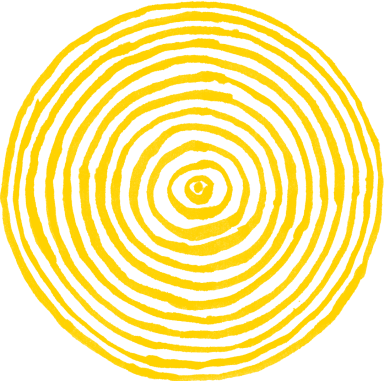Vaginal ring

The ring is a small, 5cm diameter, flexible plastic ring. It slowly releases the hormones oestrogen and progestogen, which get absorbed into your bloodstream through the vagina. It’s a very effective contraceptive that allows you to control when you bleed and you only need to change it once every 3 weeks.
frequency: regularly
effectiveness: 91%
STI protection? no
periods: gives you control
What you need to know about the ring
It’s an easy to use, effective form of contraception that you only need to think about once every 3 weeks when you change it. You can use it to stop bleeding completely, or have a few bleeds a year or a regular monthly bleed.
How does the ring work?
It releases synthetic copies of reproductive hormones at a steady rate. These stop the release of eggs, thicken the mucus in the cervix so that sperm can’t get through, and thin the womb lining so a fertilised egg cannot implant.
Health benefits and risks of the ring
With similar health benefits and risks to the combined pill, it may increase your risk of blood clots (thrombosis) and breast cancer but decrease your risk of cancer of the lining of the womb and ovary.
Side effects of the ring
The main positive side effects are lighter periods, managing period pain and ovulation pain. It also helps with acne. Negative side effects can include breast tenderness and nausea.
How to use the ring
You can start using the vaginal ring at any time in your cycle. You’ll need to replace the ring every 3 weeks, leaving a gap of 4-7 days between rings if you want to have a bleed.
Do you need help with something else?
Find sexual health services near you
Get sexual health advice from the experts






